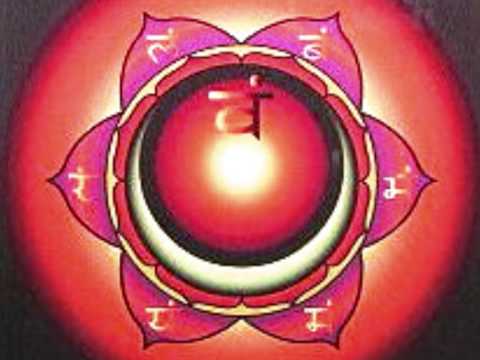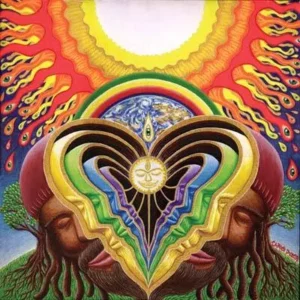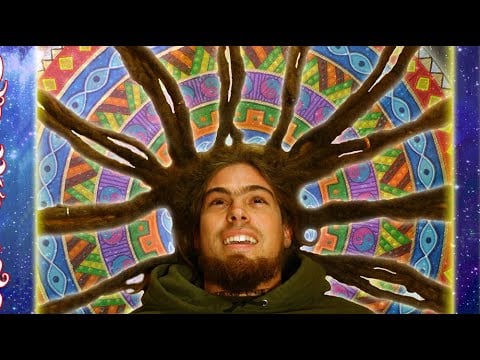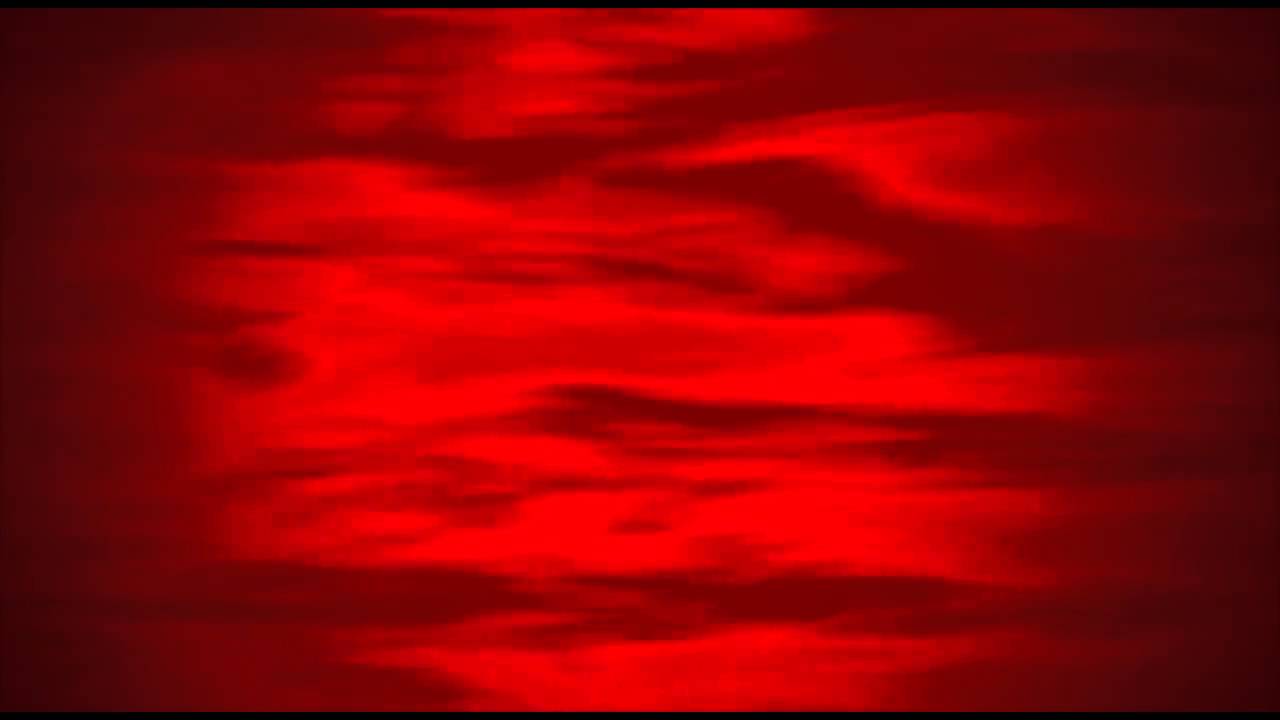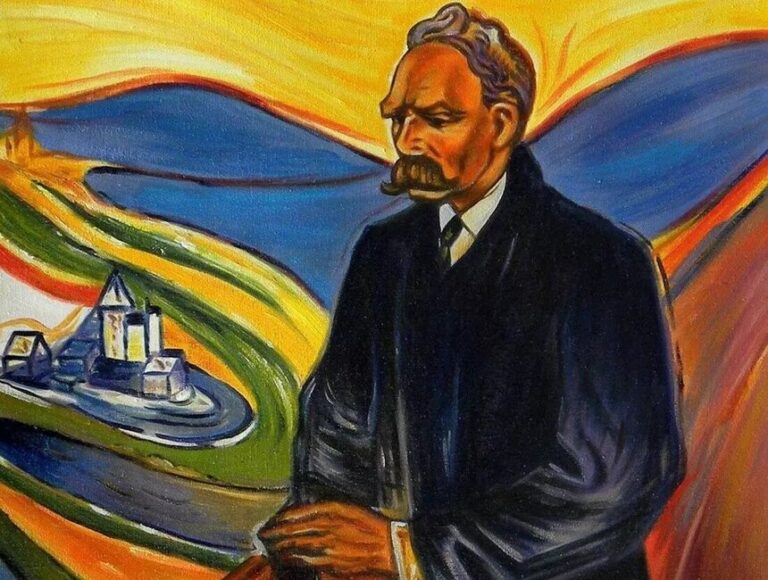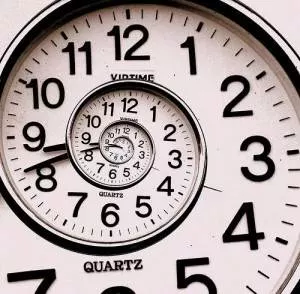Its difficult to put down in words the joy one feels when you come across someone’s creations that speak a language your soul understands. P John Burden’s work is laced with elements of nature and country folklore, though he comes from a different time and space; his art creates a bond that transcends these barriers.
“When I paint, I am blind – trying to see,” says John who had a tough upbringing and a bunch of creative work experience, but he ended his corporate career to do what satisfied his soul. He ponders on how so many of us are still stuck in the material cycle even after knowing the destruction of life and beauty it causes. Here’s our interview with this fascinating artist.

You have a long history of working for the commercial establishment, what made you quit?
Yes I have, been an illustrator, created church windows, designed furniture, been a silver/goldsmith and so on. Also worked (including advertising) for volunteers, co-ops, & ethically sound small businesses. But I never thought of myself as a commercial artist. To me, a commercial artist is someone working for the worst aspects of capitalism, out of an advertising agency in New York, or wherever – I never did that.
In fact I just did my best, and if ever a client “demanded” significant change – I just walked out. A lot of that stuff I haven’t quit doing (I still illustrate, do some stained glass windows, and, sometimes, do stuff for volunteer agencies.) But, in 1999 I decided to go back to painting my own pictures. There seems to be a lot of controversy over “what is an artist”.
I think an artist is simply someone who is always struggling to do their best, and thereby never satisfied. I had, and still have, many stories in my head, waiting to be painted – and much as I was okay about working for others – there were never enough hours in the day. (Of course, there still aren’t enough hours, and the older I get, the longer I work) that is not a complaint – just a fact. I am content.
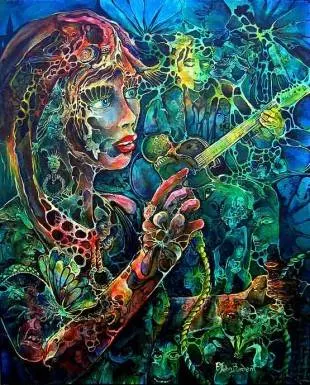
When and how did you discover the artist in you?
My family were quite poor when I was very young. My mother worked in a grocery store – to support us, including my father while he studied to be a doctor. Both parents also made crafts for sale, and I was always intrigued by what they made.
My sister and I were encouraged to entertain ourselves, including drawing – an inexpensive pursuit for a child. I failed miserably at school, I had little ability to focus for long on just about anything. So I always gravitated to the art class where, whilst drawing or painting, I became positively obsessed.
I think I was more driven into being an artist, it was the only thing I was any good at!
What do you portray through your work?
Perhaps I try to portray “Yearning”. Yearning being the ever present beauty hidden within the chaos of our existence.
Your work seems to have a very natural feel to it, elaborate a little on these elements and how they inspire or fascinate you?
Upon graduating, my father became a country doctor in Norfolk, England. Here, still young child, I had few friends (other than my long suffering family and some of the elderly farm workers.) Wandering (and sometimes working) amidst the old fashioned rural Norfolk culture, made me aware of much ancient lore still remembered by the country people.
I will never forget the unforgiving beauty of those bleak landscapes, and the stoic will of the ill paid farm workers. Although I seldom figuratively paint those landscapes and all the ancient lore entwined within them (but one day I will) I still often paint those emotions.
Which is your personal favorite painting and why?
I don’t really have a favorite, but “Remember Me” haunts me.

How has your work evolved over the years?
In the late 1960’s, I was doing copper plate line engravings of the desolate side of London (England) life. It was shortly after that I “went commercial”. I returned to my own world of paintings in 1999. I still sometimes paint memories of city life and the destitution therein, but most of my work, over the last few years has been of nature spirits (goddess’s and etc.).
I believe much of this folk lore has it’s echoes in the contemporary soul. Those echoes are clamoring in my “soul”, and demand to be put into my work. These are the “interlopers” that can often be found in my paintings.
What is your opinion of the times we live in?

In art, I think we live in the times of the Emperor’s New Clothes. And much of the most meaningful art has been long overlooked. Beyond that, I think we all of us in this world live in terrible times. The world is breaking apart, and yet so many of us are still mesmerized by the pitiless corporate machine and it’s destruction of life and beauty.
John wanted me to share this particular experience, “Some time back, when i was a jeweler i made myself a belt buckle of a western “grotesque” (a pagan ornament, sort of like a gargoyle that would decorate Christian churches). I wore this belt buckle when going to Australia, as a sort of portable wealth (had some nice rubies etc. in it.) When stopping over in Fiji airport a local lady rushed over and told me I was wearing the guardian god of her doorway. This episode just pointed out to me that these ancient images transcend space and time – sort of universal.”




